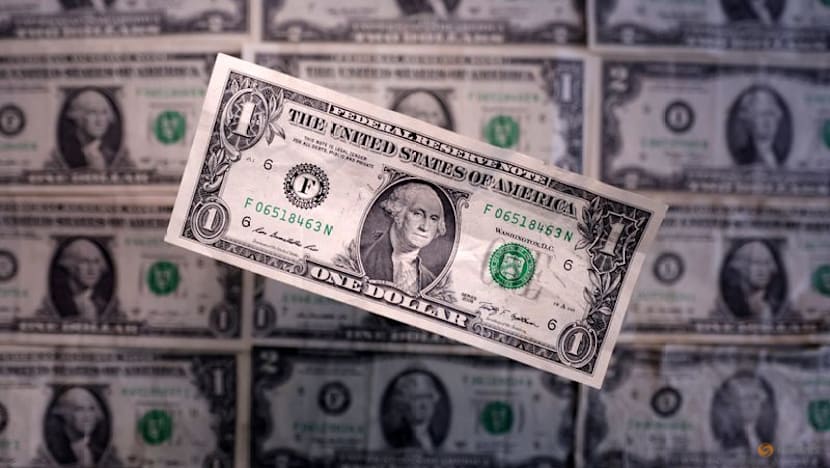Dollar whipsawed as Fed delivers normal-sized rate cut

FILE PHOTO: U.S. dollar banknotes are seen in this illustration taken March 19, 2025. REUTERS/Dado Ruvic/Illustration/File Photo
NEW YORK : The U.S. dollar fell to a fresh four-year low against the euro before reversing losses to trade higher on the day in a choppy session after the Federal Reserve cut interest rates by a quarter of a percentage point.
The rate cut, along with projections showing two more quarter-percentage-point reductions are anticipated at the remaining two policy meetings this year, indicates Fed officials have begun to downplay the risk that the administration's trade policies will stoke persistent inflation.
"The Fed opted for the most probable outcome this afternoon, cutting 25 basis points. Risk assets and treasuries appear to be focused on the Fed's expectation for two more cuts this year," Blair Shwedo, head of investment grade sales and trading at US Bank, said.
Fed officials have gradually warmed to the idea that Trump's tariffs would have only a temporary impact on inflation, and the latest forecasts are consistent with that view.
The cut, the first move by the policy-setting Federal Open Market Committee since December, lowered the policy rate to the 4.00 per cent-4.25 per cent range. A 25 basis point cut was widely expected though U.S. President Donald Trump on Monday called for a "bigger" cut to benchmark interest rates.
The dollar found some support after Fed Chair Jerome Powell said the Fed is in a "meeting-by-meeting situation" regarding the outlook for interest rates and characterized Wednesday's move as a risk management cut, adding that he does not feel the need to move quickly on rates.
The move to a more consistent pace of cuts was backed by Fed Governor Christopher Waller and Vice Chair of Supervision Michelle Bowman, Trump appointees who dissented over the policy decision in late July to hold rates steady.
The euro was 0.3 per cent lower against the dollar at $1.18305, after rising to as high as $1.19185, its strongest since June 2021, earlier in the session.
The dollar index, which measures the U.S. currency against six others, was 0.3 per cent higher at 96.926.
Earlier in the day data showed U.S. single-family homebuilding and permits for future construction dropped in August amid a glut of unsold new houses and a softening labor market, shrugging off falling mortgage rates.
With the Fed finally cutting rates again, many market participants see further losses for the dollar, but that is far from a given, analysts said.
"In part, why I'm thinking that the U.S. dollar may not necessarily completely sink is also the idea that you have to take into account what's going on outside of the U.S. and the global growth narrative," said Juan Perez, director of trading at Monex USA in Washington.
"The global growth narrative is not a good one. It's not like everybody else is killing it out there," he said.
On Wednesday, the Canadian dollar weakened about 0.2 per cent against its U.S. counterpart after the Bank of Canada reduced its key policy rate by 25 bps to a three-year low of 2.5 per cent, as expected, citing a weak jobs market and less concern about underlying pressures on inflation.
Sterling was up 0.08 per cent on the day at $1.36575, not far from 2-1/2-month highs after British inflation data matched expectations.
Against the Japanese yen, the dollar rose 0.1 per cent to 146.655 yen, ahead of a Bank of Japan policy meeting on Friday, where the central bank is expected to stand pat on rates.
The spotlight is on an October 4 vote where the ruling Liberal Democratic Party will elect a new leader to replace outgoing Prime Minister Shigeru Ishiba.
Cryptocurrency bitcoin was down 1 per cent at $115,730.













